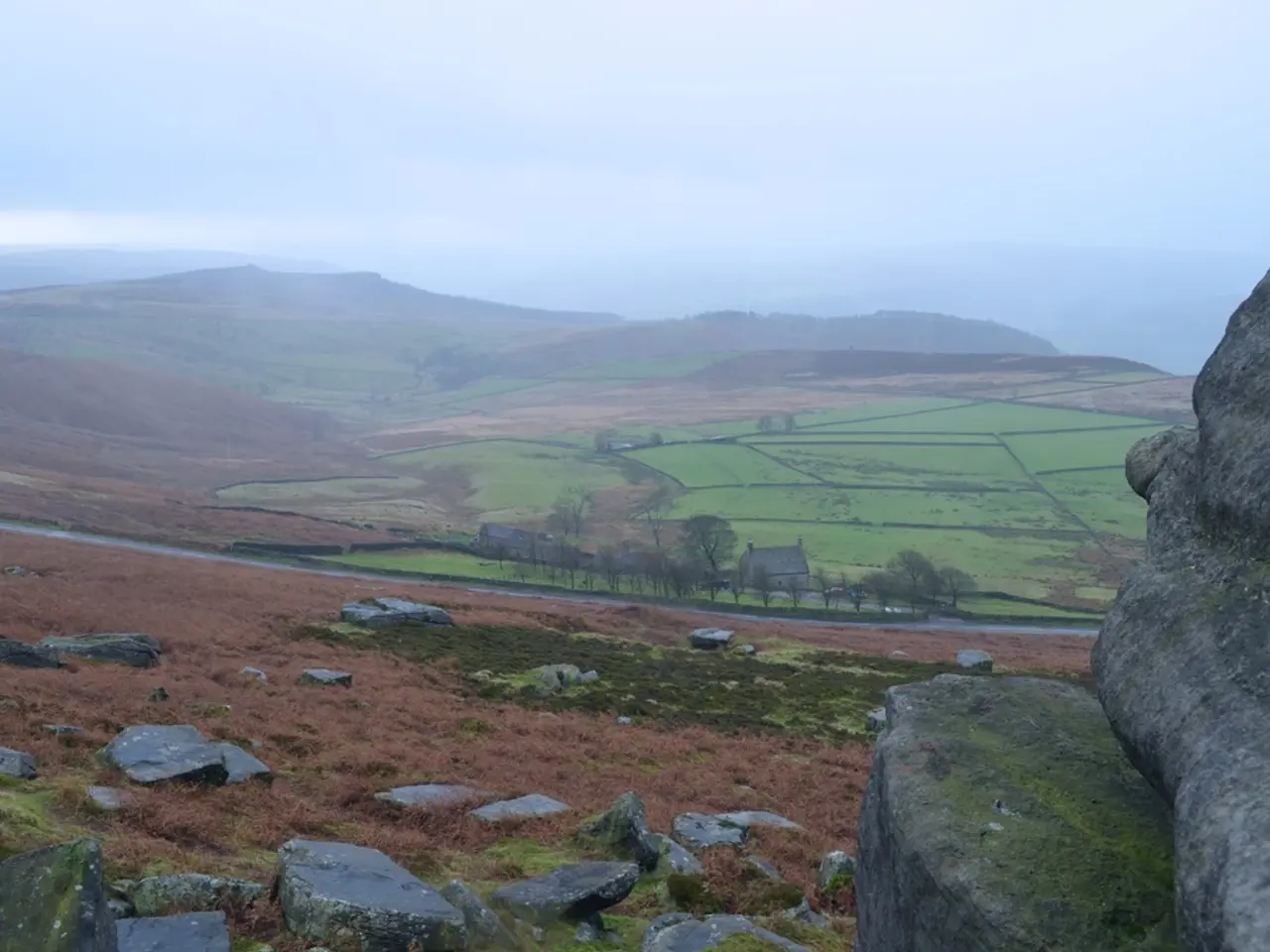Tourists visiting New Zealand's famous natural landmarks will now be required to pay fees as part of new government regulations.
New Zealand to Introduce Entry Fees for Popular Tourist Attractions
New Zealand is set to implement a new policy aimed at funding environmental conservation and boosting economic activity through an overhaul of conservation regulations. The policy, which is part of a broader package of reforms led by New Zealand's Prime Minister Christopher Luxon, includes the introduction of entry charges for foreign tourists at some of the country's most iconic natural sites.
The affected attractions include Milford Track, Aoraki Mount Cook, Cathedral Cove (Te Whanganui-a-Hei), Tongariro Crossing, and Milford Sound. These sites, which are popular with international tourists who make up about 80% of visitors at these locations, will require international visitors to pay between NZ$20 and NZ$40 to enter. The generated revenue will be directed toward conservation and maintenance efforts.
Conservation Minister Tama Potaka emphasized that tourists contribute heavily to the economy and should also help support long-term conservation efforts. The policy is designed to fund the upkeep of these heavily visited natural attractions, which are under pressure due to their popularity.
The entry fee program is expected to generate up to NZ$62 million annually, with all revenue reinvested into maintaining and safeguarding these key natural sites. However, the tourism industry has expressed concerns that additional charges may deter visitors. Critics warn that the combined impact of these new fees could further strain the sector's recovery.
The reforms also aim to streamline concessions for tourism, agriculture, infrastructure, and potential mining activities on conservation land. The changes will apply to high-profile destinations such as Cathedral Cove / Te Whanganui-a-Hei, Tongariro Crossing, Milford Sound, and Aoraki / Mount Cook. The charges will primarily affect tourists, with New Zealand residents and citizens exempted from the fees.
The exact details of the law reform are not specified, but it is expected to follow in the coming months. The implementation of the policy will test whether New Zealand can successfully balance the preservation of its natural heritage with economic growth. Supporters argue that the measures are necessary to protect fragile ecosystems and pay for infrastructure support in places overwhelmed by visitor numbers.
However, critics caution that the reforms risk prioritising economic growth over environmental protection. The local response to the charges is not mentioned, but the concerns raised by the tourism industry and critics suggest that the policy may face opposition.
The new charges will be implemented beginning in 2027. The reforms are a significant departure from New Zealand's current approach to conservation, and their success will be closely watched by other countries seeking to strike a balance between economic growth and environmental preservation.
[1] New Zealand Herald: New fees for popular tourist attractions
[2] Stuff: New Zealand to introduce charges for popular tourist attractions
[3] RNZ: New Zealand to charge tourists for popular tourist attractions
- The entry fees for popular tourist attractions in New Zealand are aimed at funding both conservation efforts and economic growth, as part of a broader package of reforms led by Prime Minister Christopher Luxon.
- The policy introduces per-entry charges for foreign tourists at some of New Zealand's most iconic natural sites, such as Milford Track, Aoraki Mount Cook, and Cathedral Cove, generating up to NZ$62 million annually for maintenance and upkeep.
- The streamlined concessions for tourism, agriculture, infrastructure, and potential mining activities on conservation land are also a part of the reforms, with high-profile destinations like Tongariro Crossing and Milford Sound facing changes.
- Critics warn that the new fees may deter visitors, potentially straining the tourism sector's recovery, while supporters argue that the measures are necessary to protect fragile ecosystems and pay for infrastructure support in areas heavy with visitor numbers.
- The local response to the charges, as well as the policy's impact on the economy, environment, and lifestyle, will be closely monitored as other countries seek guidance on balancing economic growth and environmental preservation.




